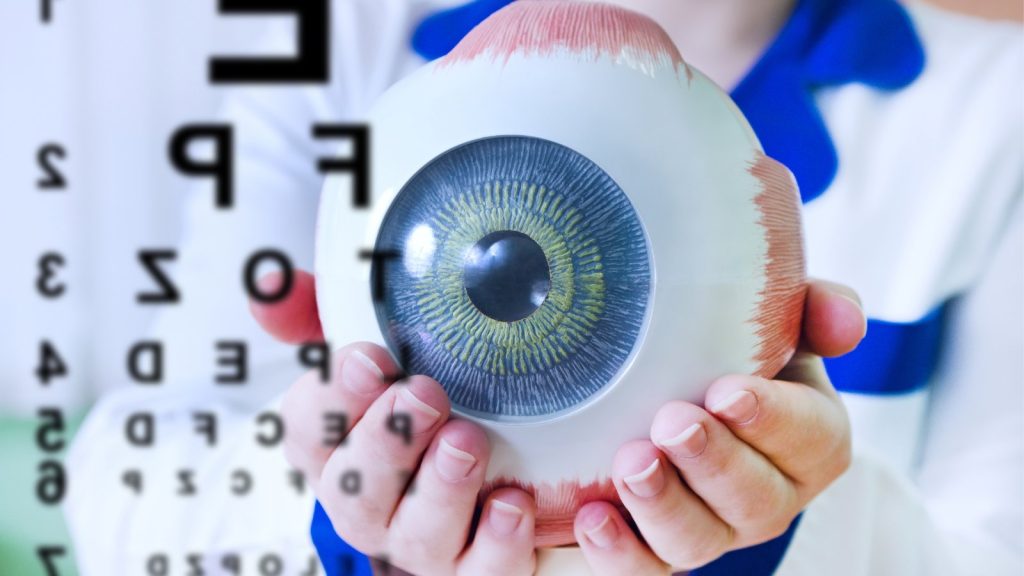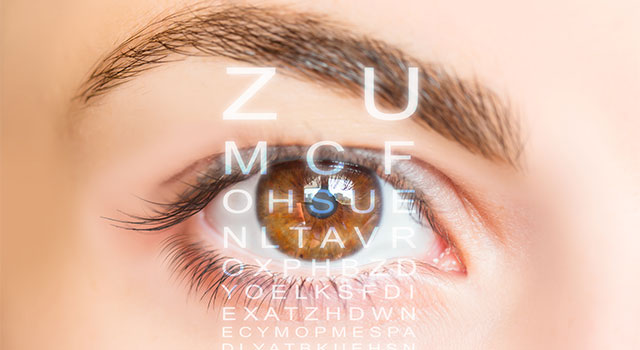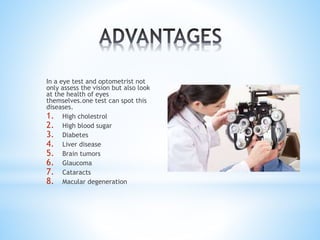The Role of Advanced Diagnostic Devices in Identifying Eye Disorders
In the realm of ophthalmology, the utilization of sophisticated diagnostic devices has changed the early recognition and administration of various eye conditions. From discovering refined modifications in the optic nerve to keeping track of the development of retinal illness, these technologies play an essential role in improving the precision and effectiveness of diagnosing ocular problems. As the demand for exact and timely diagnoses remains to grow, the assimilation of cutting-edge devices like optical comprehensibility tomography and visual area testing has come to be vital in the world of eye treatment. The elaborate interaction in between technology and ophthalmic techniques not only drops light on complex pathologies but likewise opens up doors to customized therapy techniques.
Relevance of Very Early Medical Diagnosis
Early diagnosis plays a critical duty in the effective administration and therapy of eye problems. Timely identification of eye problems is critical as it enables prompt intervention, potentially avoiding further progression of the disease and reducing long-lasting issues. By finding eye conditions at a very early stage, doctor can use proper treatment plans tailored to the particular condition, ultimately bring about far better results for individuals. Very early medical diagnosis allows people to accessibility necessary assistance solutions and resources quicker, enhancing their total quality of life.

Innovation for Spotting Glaucoma
Sophisticated analysis innovations play a vital duty in the very early discovery and surveillance of glaucoma, a leading reason of permanent blindness worldwide. Another advanced device is aesthetic field testing, which maps the sensitivity of a person's aesthetic area, assisting to discover any type of areas of vision loss feature of glaucoma. These innovative analysis tools enable eye doctors to identify glaucoma in its early phases, enabling for timely intervention and far better management of the disease to avoid vision loss.
Role of Optical Comprehensibility Tomography

OCT's capability to quantify retinal nerve fiber layer density enables precise and unbiased measurements, aiding in the very early detection of glaucoma also before visual area problems come to be evident. Additionally, OCT modern technology permits longitudinal monitoring of architectural changes with time, assisting in customized therapy plans and prompt interventions to assist maintain people' vision. The non-invasive nature of OCT imaging additionally makes it a preferred option for monitoring glaucoma progression, as it can be duplicated routinely without triggering discomfort to the individual. Overall, OCT plays an important duty in enhancing the diagnostic precision and monitoring of glaucoma, ultimately adding to far better end results for individuals in jeopardy of vision loss.
Enhancing Diagnosis With Visual Field Testing
A necessary part in thorough ocular evaluations, visual field testing plays a pivotal role in enhancing the analysis procedure for numerous eye problems. By analyzing the full extent of a patient's aesthetic area, this test supplies important info concerning the functional stability of the entire visual pathway, from the retina to the aesthetic cortex.
Visual field testing is especially valuable in the medical diagnosis and monitoring of problems such as glaucoma, optic nerve problems, and various neurological illness that can impact vision. Via quantitative dimensions of peripheral and central vision, clinicians can detect refined adjustments that may indicate the visibility or development of these conditions, even prior to visible symptoms take place.
Moreover, visual field testing permits the tracking of treatment efficiency, assisting eye doctors tailor therapeutic treatments to individual people. eyecare near me. By tracking modifications in aesthetic area performance with time, doctor can make informed choices article source about changing medications, suggesting surgical treatments, or implementing various other appropriate procedures to preserve or enhance a patient's aesthetic function
Handling Macular Degeneration

Verdict
In conclusion, progressed analysis tools play a crucial duty in determining eye conditions early on. Technologies such as Optical Comprehensibility Tomography and aesthetic field screening have great site greatly boosted the accuracy and performance of identifying conditions like glaucoma and macular deterioration.